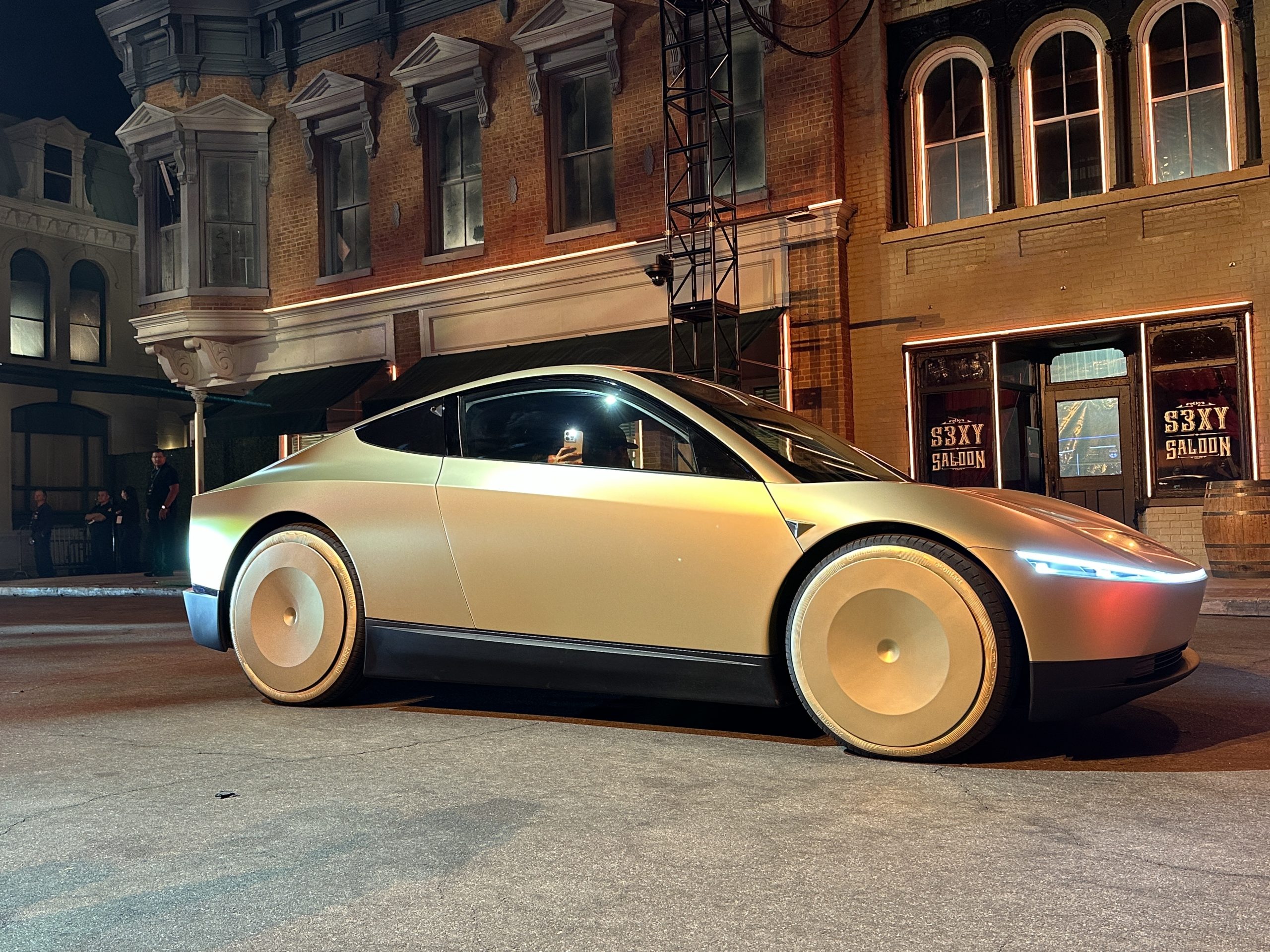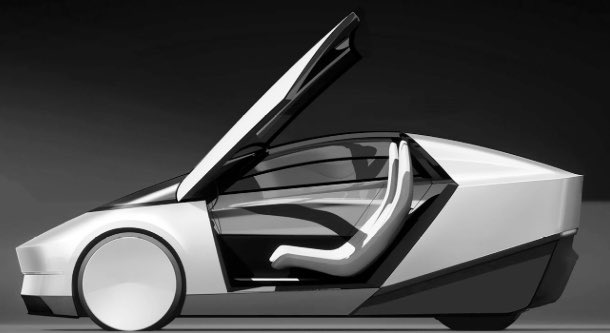Tesla is definitely going all in on its Cybercab efforts. During the vehicle’s unveiling at the “We, Robot” event, CEO Elon Musk confirmed that the Cybercab would not be equipped with a NACS charging port. Instead, the vehicle would exclusively use an inductive charging system.

The use of inductive charging for the Cybercab highlights Tesla’s commitment to operating the Robotaxi autonomously. As noted by Musk during his presentation, the Cybercab would be produced in extremely high volume, so operators can easily deploy a lot of the vehicles for their respective fleets.
Considering the Cybercab’s autonomous nature, as well as the possibility that it would be used several times more frequently than a conventional car, it was pertinent for Tesla to come up with a way to maintain the vehicles in the most convenient way possible. Fortunately, Tesla teased such a system during Musk’s presentation.

In Tesla’s video, the Cybercab was depicted driving up to an inductive charger and opening its butterfly doors. A cleaning robot then proceeded to clear out all the dirt and trash in the Cybercab’s interior. Even the Robotaxi’s display was cleaned by the machine. Overall, it appears that Tesla has already come up with a system that could help Cybercab operators maintain their vehicles with as little human labor as possible.

The Tesla Robotaxi is expected to cost less than $30,000 per unit, and it would be available for purchase by regular consumers. Musk, however, did not reveal if a version of the vehicle with a steering wheel and pedals would be made available in the future. Such a variant may prove popular considering how futuristic and sleek the Cybercab looks on the road. Production of the vehicle is expected to start around 2026.


